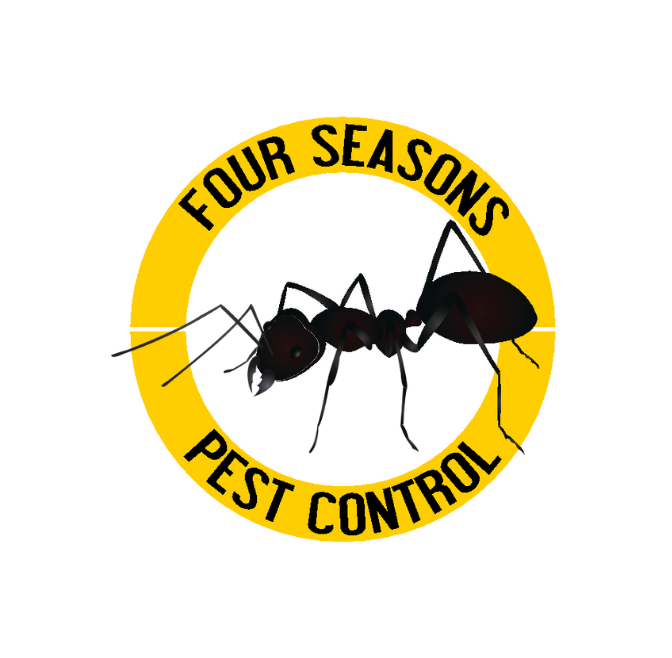Argentine Ant (Linepithema humile)
The Argentine ant (Linepithema humile) is a small, native, and invasive ant species in North Carolina and Virginia
Argentine Ants vs Fire Ants
- Appearance: Argentine ants are small, usually 2-3mm long. Light to dark brown. Fire ants are larger, ranging from 3-6mm long. They are reddish-brown in color with a darker abdomen.
- Nesting Habits: Argentine ants form supercolonies with multiple queens, while fire ants have smaller colonies with fewer queens.
- Diet: Both ants are omnivorous and will feed on various foods, including sweets, proteins, seeds, plants, and even other insects.
- Damage: Both ants can cause ecological, agricultural, and infrastructure damage, fire ants are generally more aggressive and pose a greater risk to human health due to their painful stings.
- Aggressiveness: Fire ants are generally more aggressive than Argentine ants and can inflict painful stings, which can be dangerous to humans and animals.
How to Get Rid of Argentine Ants
- Identify and Locate Nests: Locate ant trails and nests by observing their movement patterns. Look for trails along walls, floors, or countertops, and trace them back to the source. Nests are often found in moist areas, such as under mulch, in leaf litter, or near water sources.
- Remove Food Sources: Argentine ants are attracted to sugary substances and greasy foods. Keep your kitchen clean by wiping up spills, storing food in sealed containers, and promptly removing crumbs and food residues. Also, fix any leaky faucets or pipes to eliminate water sources.
- Block Entry Points: Seal cracks, gaps, and entry points where ants can enter your home. Use caulk or weather stripping to seal gaps around doors, windows, and pipes.
- Trim Vegetation: Trim back vegetation and trees that may provide a bridge for ants to access your home. Keep branches and foliage away from the exterior walls and roof.
- Consult a Professional: If you have a persistent Argentine ant infestation, you may want to consider a licensed pest control professional. They can assess the situation and provide targeted treatments to eliminate the ants effectively.
Contact Us
What do Argentine Ants Look Like?
Small ants, typically measuring around 2.2 to 2.8mm long.
They are light to dark brown in color and have a uniform appearance without distinct markings. Workers are similar in size and lack noticeable differences in body shape or coloration.
Have a segmented body with six legs and two antennae.
What are the Signs of Argentine Ants?
Trails: Often travel in visible trails along surfaces, such as walls, countertops, or floors, especially when foraging for food.
Presence of Workers: You might see lots of tiny brown ants moving around inside or outside, especially where there's food or water.
Nesting Sites: Look for nests in moist areas, such as under mulch, in leaf litter, or beneath stones or debris. Indoors, Argentine ants may nest in wall voids, beneath floors, or in other concealed spaces.
Foul Odor: When crushed, Argentine ants emit a distinctive, unpleasant, musty odor. This odor can be a sign of their presence.
Feeding Behavior: Argentine ants are attracted to sugary substances. Often found in kitchens, pantries, or other areas where food is present. Look for signs of their feeding activity, such as crumbs or spills.
Honeydew: Argentine ants have a mutualistic relationship with honeydew-producing insects like aphids and scale insects. Look for the presence of honeydew on plant leaves or other surfaces. This may indicate the presence of Argentine ants tending to these pests.
Do Argentine Ants Have Wings?
Yes, Argentine ants do have winged reproductive individuals known as swarmers. These winged ants emerge from mature colonies during the swarming season. However, the majority of these are Argentine ant workers and make up the bulk of the population.
Do Argentine Ants Cause Damage?
 Button
ButtonArgentine ants themselves do not cause structural damage to buildings or homes like carpenter ants.
They can indirectly contribute to issues such as electrical damage by chewing through wires, although this behavior is less common than other ant species.
Additionally, Argentine ants have been known to protect and foster populations of honeydew-producing insects like aphids and scale insects, which can damage plants.
Do Argentine Ants Bite?
Yes, Argentine ants can bite, but they are not known for aggressive biting behavior like some other ant species. When they feel threatened or are disturbed, Argentine ants may bite as a form of defense. However, their bites are generally mild and rarely cause significant harm to humans.
Are Argentine Ants Dangerous?
 Button
ButtonArgentine ants are not considered dangerous to humans in the same way that some other ant species, such as fire ants, are.
While Argentine ants can bite when provoked, their bites are usually mild and do not pose a significant threat to human health. However, Argentine ants can still be considered a nuisance pest when they invade homes and other structures in search of food.
